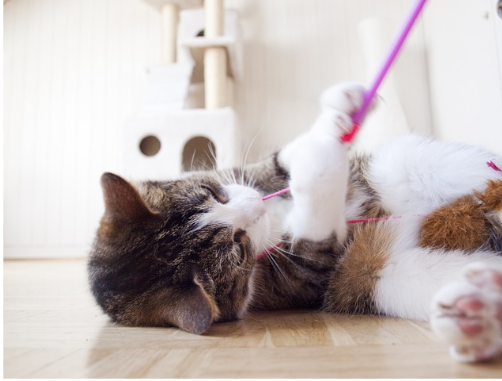Overstimulation On Walks: Everything You Need To Know
Walks are an excellent way for you and your dog to get some exercise, fresh air, and mental stimulation. However, for some dogs, walks can be overstimulating, leading to anxiety, stress, and behavioral problems.
What is overstimulation?
Overstimulation, or sensory overload, occurs when your dog’s brain receives too much input from its senses. This can happen from various stimuli, such as loud noises, bright lights, strong smells, or new people and places.
What are the signs of overstimulation in dogs?
Some common signs of overstimulation in dogs include:
- Barking or lunging at people or other dogs
- Whining or whimpering
- Trying to hide or escape
- Panting or pacing excessively
- Lip licking or yawning
- Drooling
- Shaking or trembling
- Tucking the tail between the legs
- Refusing to walk or move forward
What causes overstimulation on walks?
Many factors can contribute to overstimulation on walks, including:
- Breed: Some breeds of dogs, such as Border Collies and German Shepherds, are more prone to overstimulation than others.
- Age: Puppies and young dogs are more likely to be overstimulated than older dogs.
- Health: Dogs with certain medical conditions, such as anxiety or neurological disorders, may be more susceptible to overstimulation.
- Environment: Busy streets, crowded parks, and other noisy or chaotic places can be overstimulating for dogs.
- Lack of training: Dogs that have not been adequately socialized or trained may be more likely to be overstimulated on walks.
How to prevent overstimulation on walks?
Here are some tips to help prevent overstimulation on walks:
- Choose a walking route that is relatively quiet and free from distractions.
- Avoid walking during peak hours when many people and other dogs are around.
- Take breaks often, especially if your dog is starting to show signs of overstimulation.
- Bring high-value treats or toys to keep your dog’s attention focused on you.
- Stay calm and reassuring, and avoid getting frustrated or angry if your dog becomes overstimulated.
How to help a dog that is overstimulated
If your dog does become overstimulated on a walk, the most important thing is to stay calm and reassuring. Do not force your dog to continue walking if it is distressed. Instead, find a quiet place to sit or stand, and give your dog time to calm down. You can pet your dog, talk to it soothingly, or offer it a treat or toy.
Once your dog has calmed down, you can slowly start walking again. If your dog shows signs of overstimulation again, take another break.
Consider working with a qualified dog trainer or behaviorist if your dog is overstimulated on walks. They can help you develop a training plan to help your dog cope with overstimulation and learn to walk more calmly and confidently.
Additional tips for preventing and managing overstimulation on walks
- Socialize your dog early and often. This will help your dog learn to be comfortable around different people, places, and situations.
- Train your dog in basic obedience commands. This will give you more control over your dog’s behavior and help you to prevent it from becoming overstimulated.
- Avoid walking your dog during peak hours. If possible, walk your dog early in the morning or late in the evening when fewer people and other dogs are around.
- Choose a walking route that is relatively quiet and free from distractions. Avoid walking on busy streets or in crowded parks.
- Be aware of your dog’s body language. Take a break if your dog shows signs of overstimulation, such as panting, pacing, or lip licking.
- Use high-value treats or toys to keep your dog’s attention focused on you. This will help to reduce distractions and prevent your dog from becoming overstimulated.
- Be patient and consistent. It may take time for your dog to learn to cope with overstimulation and walk more calmly and confidently.
If you are concerned that your dog may be overstimulated on walks, please talk to your veterinarian or a qualified dog trainer or behaviorist. They can help you develop a plan to help your dog manage overstimulation and enjoy walks more fully.
Some additional tips for helping a dog that is overstimulated
- Find a quiet place to sit or stand. This could be a bench in a park, a quiet corner of a parking lot, or even the side of the road.




